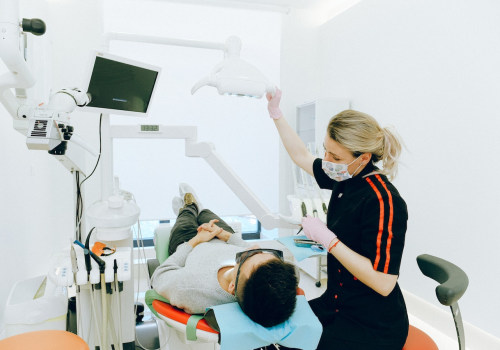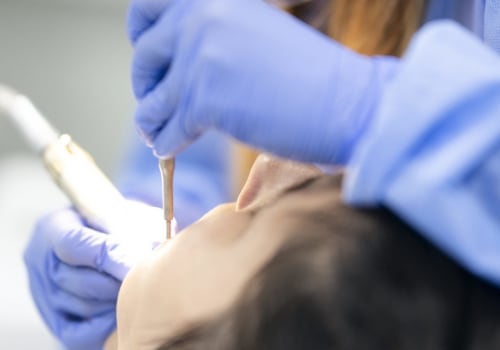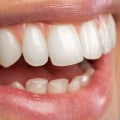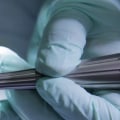However, if you live in a place with a high cost of living. While there is some truth to this myth, the difference in costs is often negligible for basic treatments, such as gum remodeling and tooth decay treatment. Laser tools are quite expensive, compared to traditional dental drills. This means that most dentists who have invested in laser dentistry equipment will charge slightly higher fees.
Because laser dentistry is at the forefront of dental treatment, many patients assume that it is more expensive than traditional techniques. Most dental insurance plans determine reimbursement based on the treatment needed, not the method used to complete it; this means that laser dentistry usually costs the same as traditional dentistry. Because fewer laser treatments may be needed, sometimes the cost is even lower. Laser dentistry allows us to perform procedures without noise, with minimal pain, less bleeding, faster recovery and fewer appointments.
As you begin to learn more about laser dentistry and consider if it's right for you, you'll probably wonder how much it costs. Since laser dentistry is a relatively new technology (it was first introduced in the late 1980s and became more popular in the 1990s), there are quite a few misconceptions and myths about it. Hard tissue lasers are used on the teeth themselves, while soft tissue lasers are used on the gums, cheeks and other soft tissues in the mouth. The cost of these routine procedures and the cost of laser dentistry will depend on many factors, including the treatment needed, the dentist's training and experience, and geographical location.
Therefore, the coverage would be the same for a laser dentistry procedure as for a traditional procedure. Let's look at some procedures and try to determine a viable range for some of today's most common procedures for laser dentistry. In general, laser dentistry is combined with traditional dental procedures to improve efficiency, effectiveness and safety. Laser dentistry is preferred to traditional options because it is minimally invasive and may not even require anesthesia, depending on the procedure being performed.
Recovery from laser dentistry depends on the procedure being performed, but it's usually easier, with very little bleeding, pain, and swelling after surgery. Because laser dentistry is effective and highly accurate, it is increasingly common in many routine dental procedures. When used by properly trained dental professionals, laser dentistry improves results and reduces time and pain. Today, laser dentistry instruments in Cleveland TX are gaining popularity for their use in many routine dental procedures.
The risks of laser dentistry are very small when performed by a qualified provider, such as those at West 10th Dental.







